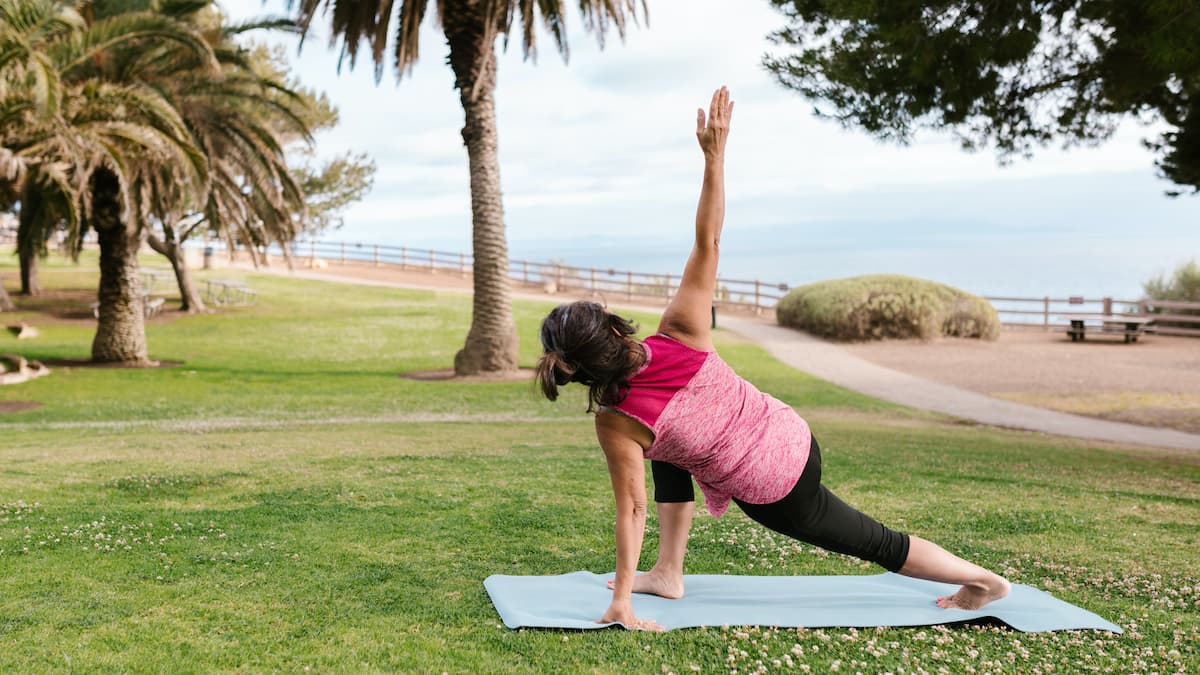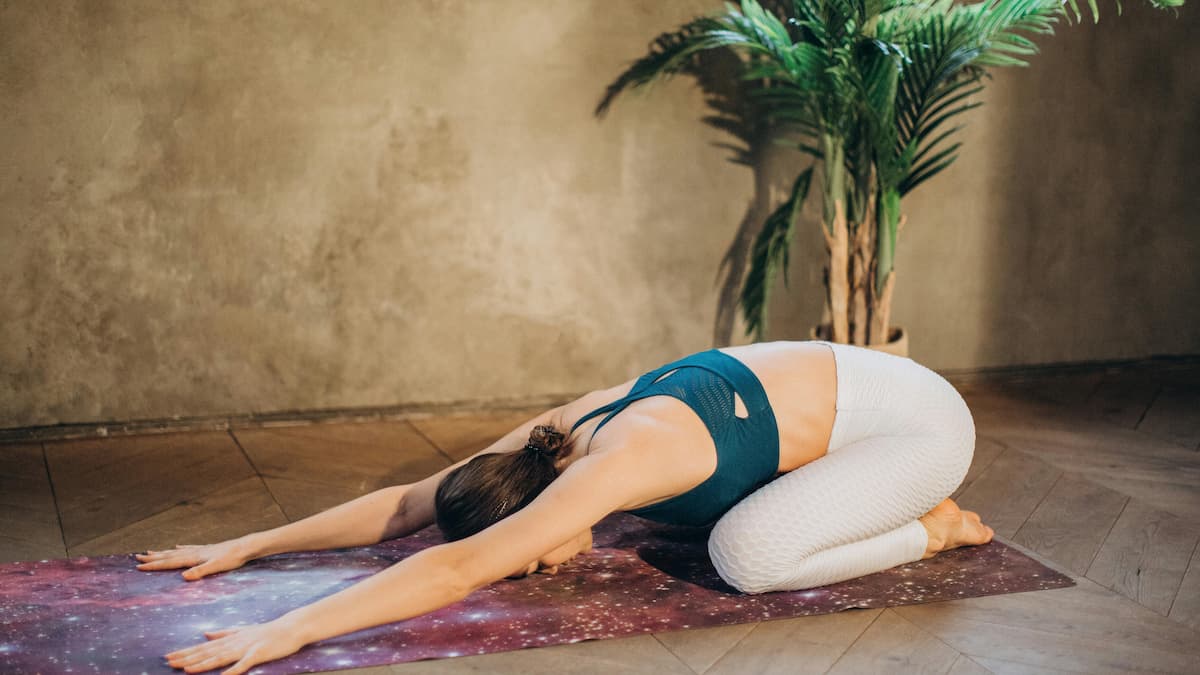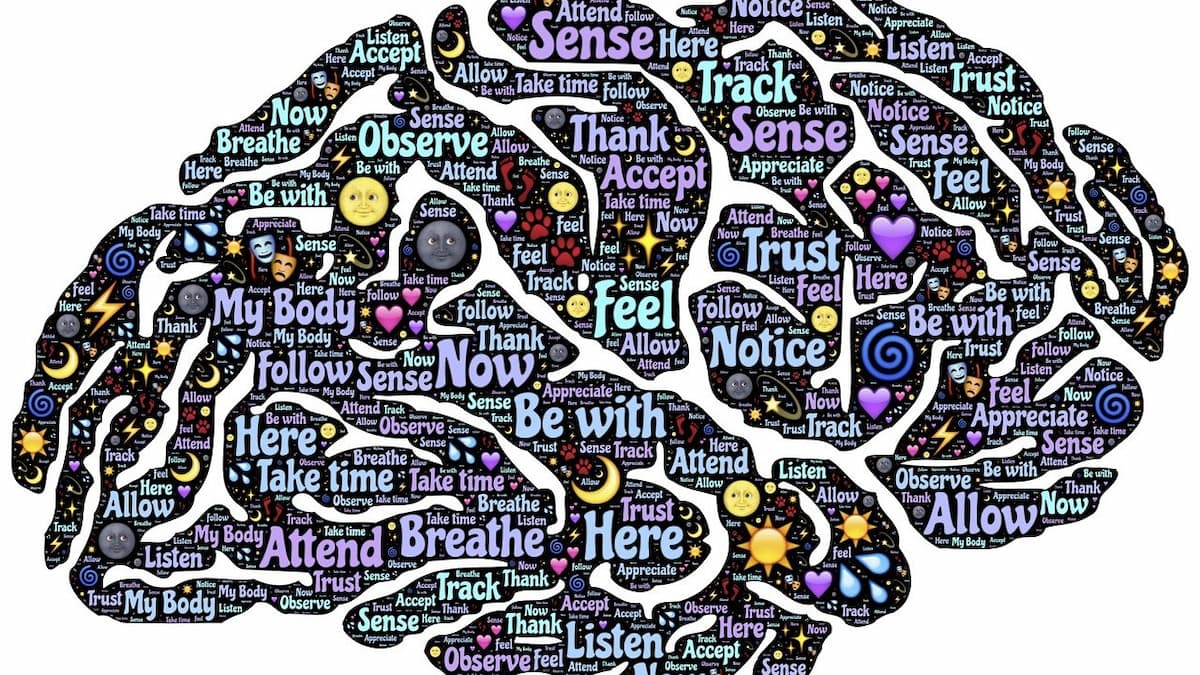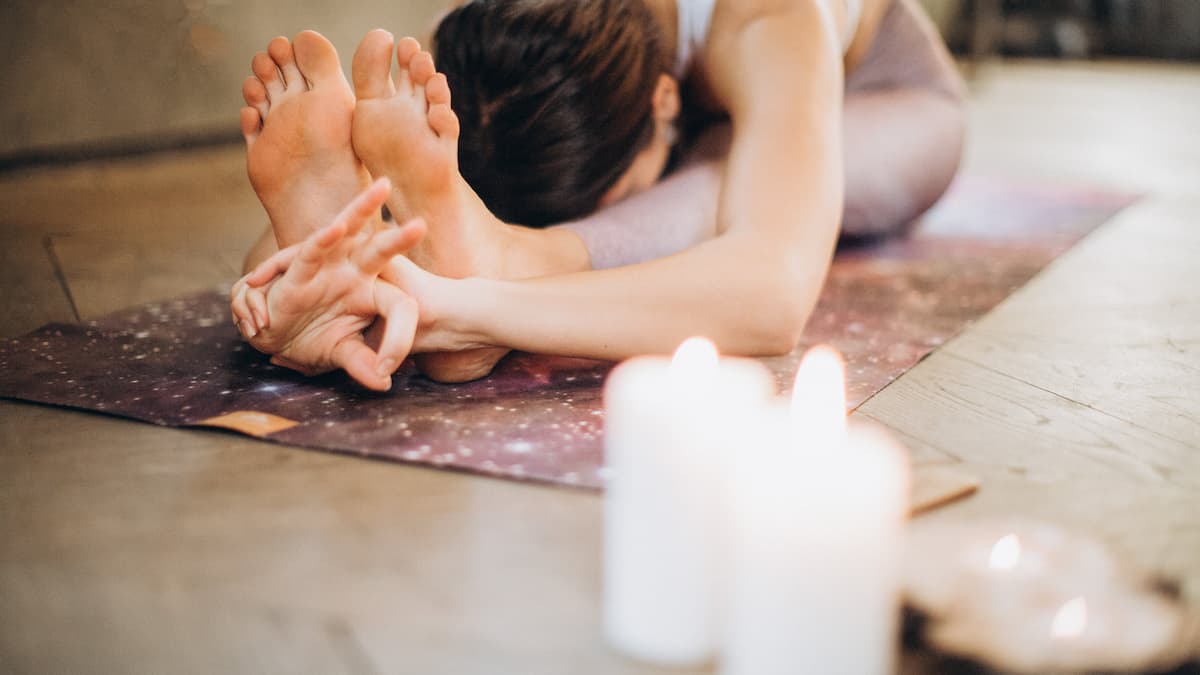Introduction
Can the practice of Yoga prove beneficial for individuals with diabetes?
Diabetes, a prevalent chronic condition affecting millions worldwide, has far-reaching consequences on various aspects of health, including eye health, kidney function, heart health, liver function, and more. The significance of maintaining controlled glucose levels cannot be overstated, as it directly correlates with minimizing the risk of complications associated with diabetes.
Individuals with diabetes face increased vulnerability to eye conditions such as diabetic retinopathy, which can lead to vision impairment or blindness. Kidney health is also at risk, with diabetes being a leading cause of chronic kidney disease. Additionally, diabetes elevates the likelihood of cardiovascular issues, impacting the heart and circulatory system. Liver health is not immune either, as diabetes can contribute to non-alcoholic fatty liver disease.
Controlling blood glucose levels is paramount for preventing and managing these complications. Maintaining a healthy lifestyle that includes regular exercise, a balanced diet, and stress management is crucial. In this context, yoga emerges as a supportive therapy for diabetes control.
In this article, we explore how helpful is yoga for diabetes.
Yoga for Diabetes Control
Yoga offers a holistic approach to well-being, encompassing physical postures, breathing exercises, and meditation. These practices contribute to stress reduction, improved blood circulation, and enhanced overall health. Specific yoga poses and breathing techniques can be particularly beneficial for individuals with diabetes, aiding in better glucose management.
Pranayama, or breathing exercises, help regulate the nervous system and reduce stress. Asanas, or yoga poses, such as Child’s Pose, Downward-Facing Dog, Seated Forward Bend, Bridge Pose, and Legs Up the Wall Pose, may contribute to flexibility, strength, and improved circulation.
Meditation and relaxation techniques further complement diabetes management by promoting mental well-being and mindfulness. By incorporating yoga into their routine, individuals with diabetes may find an additional avenue for maintaining control over their condition and mitigating the risk of associated complications.
Yoga Exercises for Diabetes
The following yoga exercises help in the management of diabetes
Pranayama (Breathing Exercises)
Deep Breathing (Diaphragmatic Breathing)
Deep diaphragmatic breathing, a fundamental pranayama technique, invites individuals to sit comfortably and engage in deliberate, unhurried breaths. It facilitates the complete expansion of the diaphragm. This intentional approach to breathing holds immense therapeutic potential, triggering the parasympathetic nervous system. By doing so, it instigates a cascade of physiological responses that induce relaxation, cultivate inner calmness, and alleviate stress. For those navigating the complexities of diabetes, this intentional breathwork emerges as a potent tool for emotional self-care and holistic health management. The rhythmic inhalations and exhalations not only enhance oxygenation but also create a profound mind-body connection. Incorporating deep diaphragmatic breathing into a daily routine empowers individuals with diabetes to navigate their emotional landscapes with resilience. It enhances the foundation for overall well-being and a sense of inner balance.
Alternate Nostril Breathing (Nadi Shodhana)
Nadi Shodhana, also known as alternate nostril breathing, is a pranayama technique where one breathes through one nostril at a time. This ancient practice holds profound benefits for those seeking balance and tranquility. By engaging in Nadi Shodhana regularly, individuals with diabetes may discover enhanced mental focus and heightened mindfulness. The deliberate act of alternating nostrils during inhalation and exhalation harmonizes the flow of energy in the body, fostering a sense of equilibrium. This balancing effect extends beyond the physical dimension, impacting mental and emotional well-being. The rhythmic nature of Nadi Shodhana serves as a meditative exercise, promoting a serene internal state. Integrating this pranayama technique into a routine becomes a mindful and empowering practice. This potentially contributes to the overall wellness of individuals navigating the challenges of diabetes.
Yogasanas for Diabetes
The following are the best yoga poses for diabetes.
Child’s Pose (Balasana)
Balasana, commonly known as Child’s Pose, serves as a gentle yet powerful yoga posture that promotes relaxation and tension release. Executed by kneeling on the mat with knees apart and arms extended forward, this pose provides a soothing stretch that specifically targets stress in the lower back and hips. For individuals managing diabetes, the calming effects of Child’s Pose extend beyond the physical realm, offering benefits for both mental and emotional well-being. By incorporating this pose into a regular yoga practice, individuals with diabetes may find a valuable ally in their holistic health journey. Its simplicity belies its effectiveness, making Child’s Pose a therapeutic addition that not only nurtures the body but also cultivates a serene and centered state of mind, contributing to an overall sense of balance and wellness.
Downward-Facing Dog (Adho Mukha Svanasana)
Adho Mukha Svanasana, the renowned Downward-Facing Dog pose, unfolds as a dynamic yoga posture, meticulously stretching and fortifying diverse muscle groups. In this inverted V-shape, the body engages in a harmonious blend of strength and flexibility. Downward-Facing Dog not only serves as a conduit for enhanced blood circulation but also acts as a catalyst for improved overall physical fitness. Its regular practice becomes a strategic inclusion in diabetes management routines, offering multifaceted benefits. As the body navigates through the pose, it fosters a comprehensive sense of well-being by promoting agility and muscular resilience. Downward-Facing Dog, with its therapeutic attributes, stands as an invaluable asset in the journey of individuals managing diabetes, contributing to both physical vitality and the holistic equilibrium of body and mind.
Seated Forward Bend (Paschimottanasana)
Paschimottanasana, the Seated Forward Bend, unfolds as a transformative yoga pose where practitioners sit with their legs extended and reach towards their toes. In this graceful movement, a profound stretch unfolds, targeting the hamstrings and lower back. For individuals navigating diabetes, this asana emerges as a valuable ally in managing blood sugar levels. By embracing Paschimottanasana regularly, individuals with diabetes not only cultivate suppleness in their muscles but also nurture a heightened awareness of their body’s intricacies. This mindful engagement becomes a cornerstone in the holistic approach to diabetes management. This enriches the individual’s journey with both physical well-being and an intimate connection to the interplay between body and mind.
Bridge Pose (Setu Bandhasana)
Setu Bandhasana, commonly known as Bridge Pose, wherein practitioners lie on their backs, bend their knees, and elevate their hips towards the ceiling. This elegant asana actively engages the abdominal organs resulting in improved digestion. For individuals managing diabetes, the incorporation of Bridge Pose into their yoga routine becomes a pathway to enhanced abdominal awareness and overall digestive well-being. The rhythmic lifting of the hips creates a gentle massage effect on the abdominal region. Also, this stimulates organ function and encourages a harmonious digestive process. Regular practice of Setu Bandhasana not only promotes physical vitality but also cultivates a mindful connection with the body’s internal processes. This aligns seamlessly with the holistic approach to diabetes management and contributes to an enriched sense of overall well-being.
Legs Up the Wall Pose (Viparita Karani)
Viparita Karani, the rejuvenating Legs Up the Wall Pose, unfolds as a therapeutic yoga posture. In this restorative practice, individuals sit near a wall and extend their legs upward. The pose facilitates deep relaxation, promoting a cascade of benefits for individuals managing diabetes. By fostering relaxation, Legs Up the Wall Pose holds the potential for stress reduction, a key factor in diabetes management. Additionally, the inversion of the legs encourages improved blood circulation, contributing to overall vascular health. With its dual advantages of stress reduction and enhanced circulation, incorporating Legs Up the Wall Pose into a diabetes management plan becomes a strategic and valuable addition. This gentle yet potent practice aligns seamlessly with the holistic approach to diabetes care, offering individuals a mindful and restorative tool for cultivating both physical and mental well-being.
Sun Salutation
A Sun Salutation, or Surya Namaskar, can be a valuable component of a diabetes management routine, offering a holistic approach to well-being. This dynamic sequence integrates movement, breath, mindfulness, and calorie burn, contributing to overall health. As you flow through the poses—arms raised, forward fold, plank, Chaturanga Dandasana, upward-facing dog, and downward-facing dog—the continuous movement engages various muscle groups, potentially aiding in calorie expenditure. The rhythmic flow enhances blood circulation, supporting glucose regulation. Controlled breathing fosters stress reduction, crucial for diabetes management. Incorporating Sun Salutations into a routine may improve insulin sensitivity, offering physical vitality and mental equilibrium.
Trikonasana
Trikonasana, or Triangle Pose, can be one of the best yoga poses for diabetes. In this asana, practitioners stand with legs wide apart, extending one arm down to touch the toes while reaching the other arm upward, forming a triangular shape. Trikonasana engages various muscle groups, promoting flexibility and strength. This dynamic stretch may stimulate the pancreas, potentially contributing to improved insulin production and sensitivity. Additionally, the pose opens the chest and improves digestion, factors relevant to diabetes management. Trikonasana also encourages a mindful focus on the breath, aiding stress reduction—an essential element in diabetes care. Integrating Triangle Pose into a regular yoga routine may offer physical benefits, enhance overall well-being, and align with a holistic approach to diabetes management.
Meditation and Relaxation
Practice Meditation
Meditation, a contemplative practice focusing on calming the mind and reducing stress, helps individuals manage diabetes. Regular meditation sessions contribute to emotional well-being by providing a sanctuary for introspection and stress management. By cultivating mindfulness through meditation, individuals can enhance their mental focus and awareness of their thoughts and emotions. This intentional practice becomes a powerful tool in navigating the challenges associated with diabetes. Through the cultivation of mindfulness, individuals may discover a sense of inner peace and resilience. By nurturing a calm and centered mental state, meditation becomes an empowering aspect of diabetes care, supporting individuals in maintaining emotional equilibrium and building the mental fortitude needed to navigate the complexities of their health journey.
Incorporate Mindfulness Techniques
Mindfulness techniques, including focused breath awareness, help individuals stay present and centered. By consciously directing attention to the breath, individuals with diabetes can foster a deeper mind-body connection. These techniques enhance mindfulness, promoting a sense of balance and tranquility. Integrating mindfulness into daily life becomes a valuable aspect of diabetes care, supporting overall mental and emotional health.
Conclusion
In conclusion, the impact of diabetes on various aspects of health underscores the urgency of effective management. Yoga, with its holistic benefits, can serve as a valuable supportive therapy in the endeavor to control diabetes and enhance overall well-being. However, those with diabetes must consult their healthcare provider before initiating any new exercise regimen, including yoga. The individualized nature of diabetes management necessitates professional guidance to ensure the safety and appropriateness of the chosen practices.



